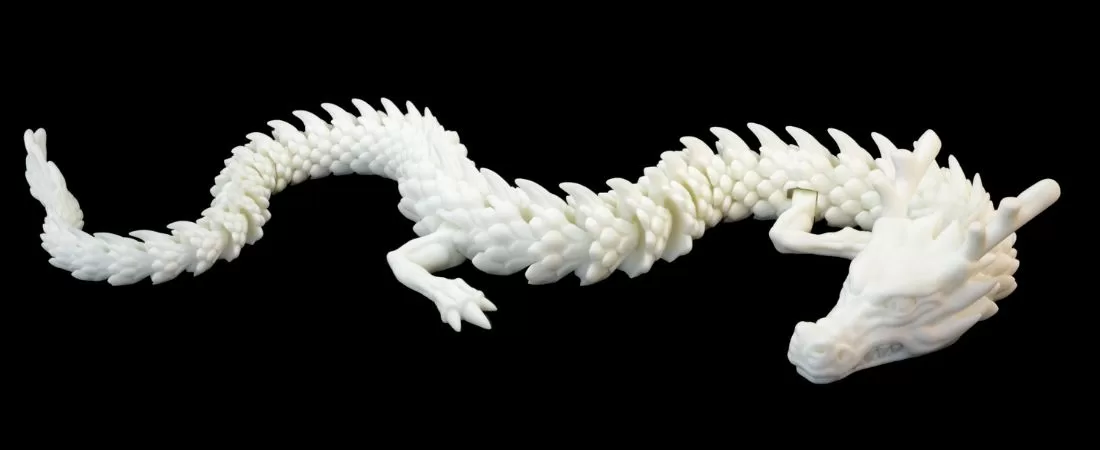
Almost any material is 3D printable, including plastic, polymers, and metals. But some end-product demands require high levels of detail and high-quality finishes to showcase the item’s best assets. Here, we explore using resin 3D printing for product development and why resin is an excellent choice to achieve quality.
Resin 3D Printers Explained
Resin 3D printers are incredible machines that produce plastic models layer by layer. The distinct technology exposes the resin material to a UV light source and hardens the resin. Because the resin is being cured layer by layer, you can produce models that cannot be made through traditional manufacturing.
Resin 3D printing is a form of stereolithography printing, also known as SLA. It features various components, including USB connections, a vat, a build plate, film, a touchscreen display, and securing screws for the plate and vat. A resin 3D print will be a higher quality model than other print types.
The Different Types of Polymers for Resin 3D Printing
Aside from SLA technology, there are various ways to produce parts, models, and prototypes using resin 3D printing. Understanding each option is essential so you know which method will best serve your demands.
Please get in touch with one of our team members to find out which technology best suits your 3D printing needs.
Stereolithography SLA
Stereolithography, or SLA printing, is one of the oldest techniques in the 3D printing world and uses distinct laser technology. The technology begins with uncured resin and a photochemical process to fuse thin layers one at a time. The process exposes each layer to the UV light laser technology until it hardens and repeats until the intended model is complete. The laser light technology can alternate in various directions, creating a stronger build with the grain patterning. SLA is the best resource for custom resin printing projects and has a wide range of applications.
Digital Light Processing DLP
Digital light processing, or DLP, is very similar to SLA, but instead of laser technology, DLP uses digital projection as the primary light source. Because DLP uses projectors, it’s not suitable for large-format resin printing. When the build volume is high, the projector must also be larger to mirror the volume, which is bad for cost-efficiency orders. It’s worth noting that the quality of DLP is sometimes higher than SLA because of the projector’s resolution.
LCD 3D Printing
LCD 3D printing is the best for mass-producing small objects. LCD 3D printing is similar to DLP but instead of a projector, it uses an LCD screen as a light source. LCD printing cures a whole layer at once, which allows the print time for printing a single piece to be the same as printing 50 copies, as long as the height of the model does not change. The downside to printing with LCD is the curing of a whole layer will cause warping after being post-processed.
When Resin 3D Makes Sense
The project intentions, build timeframe, and budget will help you define the most feasible resin 3D printing process for you. While they all serve their intended purposes, choosing a viable print method is vital to ensure the model you receive works for you. Resins will produce high-quality details and smooth surface finishes, and because of this, resin 3D works best for functional end-products or decorative parts.
Tangible Creative uses resin 3D printing for product development and appearance models and can complete your custom projects. Inquire about our SLA services today!
